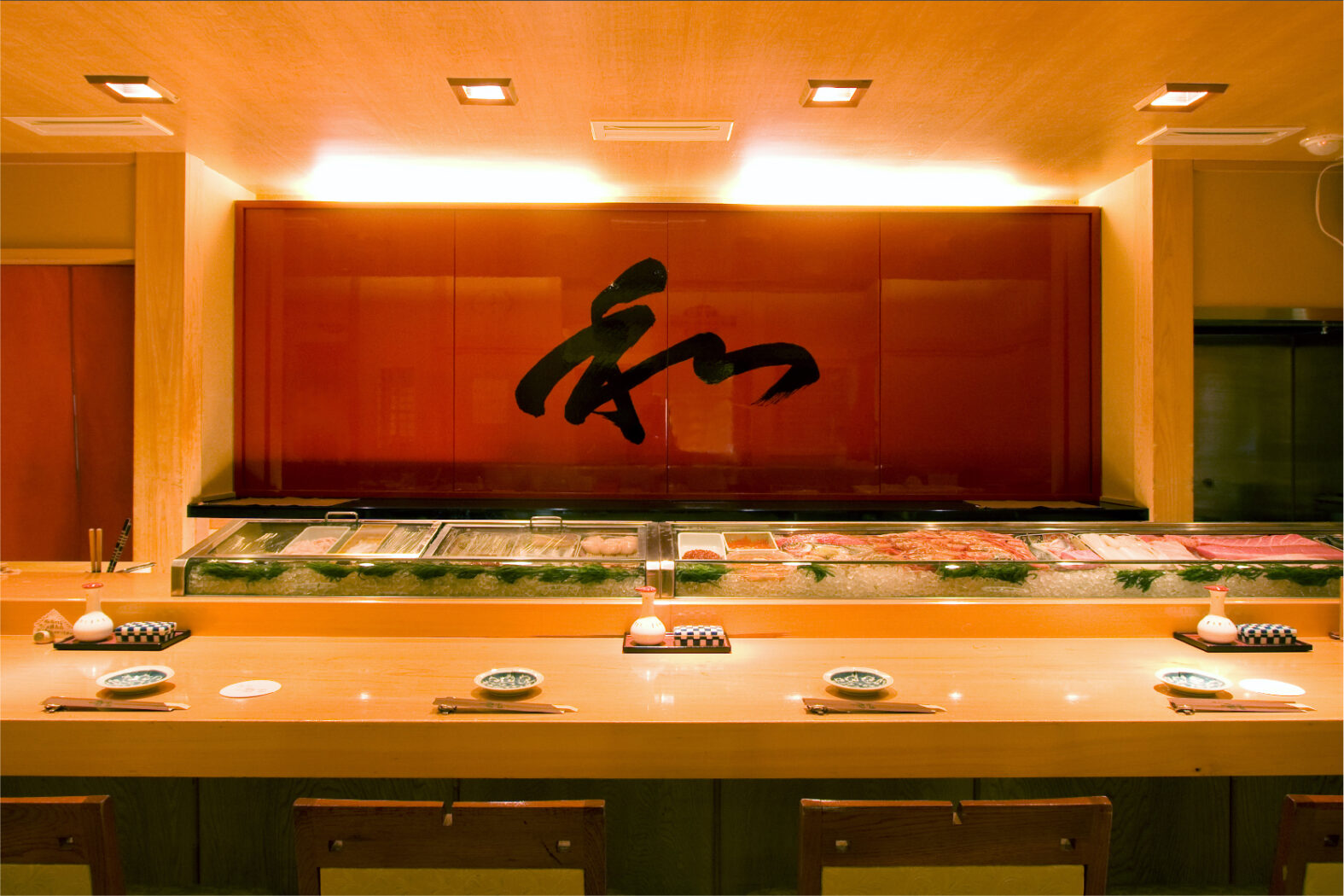Recommended sushi restaurants in Mie, Japan
-

Kimiya Sushi Restaurant
Sushi restaurant in Mie [SUSHILIVE comment] -


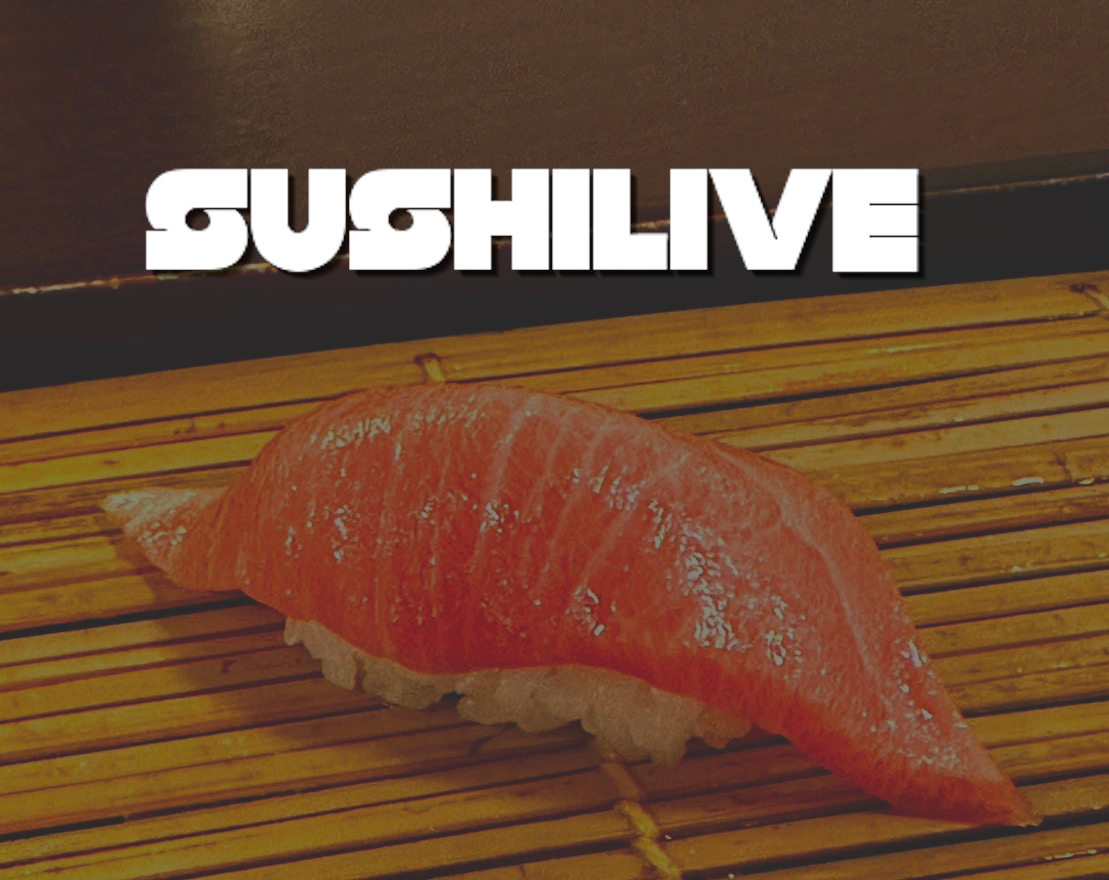
Sushi Kappou Ookuno
Sushi restaurant in Mie [SUSHILIVE comment] -



Muzoe Kurazushi Tsu
Sushi restaurant in Mie [SUSHILIVE comment] -



Sundai Kikusui
Sushi restaurant in Mie [SUSHILIVE comment] -



Hamazushi Matsusaka Sangumo
Sushi restaurant in Mie [SUSHILIVE comment] -



Uobei Tsu Takachaya Store
Sushi restaurant in Mie [SUSHILIVE comment] -



Tomes House
Sushi restaurant in Mie [SUSHILIVE comment] -


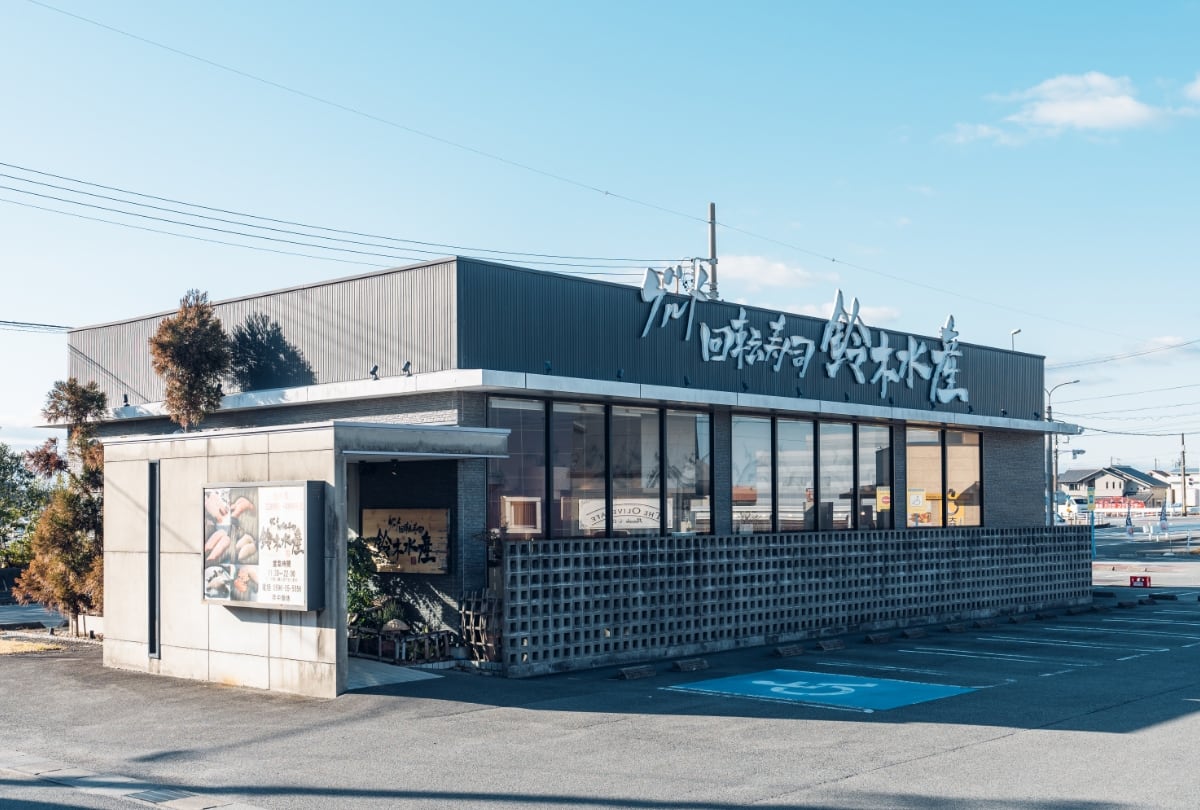
Suzuki Suisan Meiwa Store
Sushi restaurant in Mie [SUSHILIVE comment] -


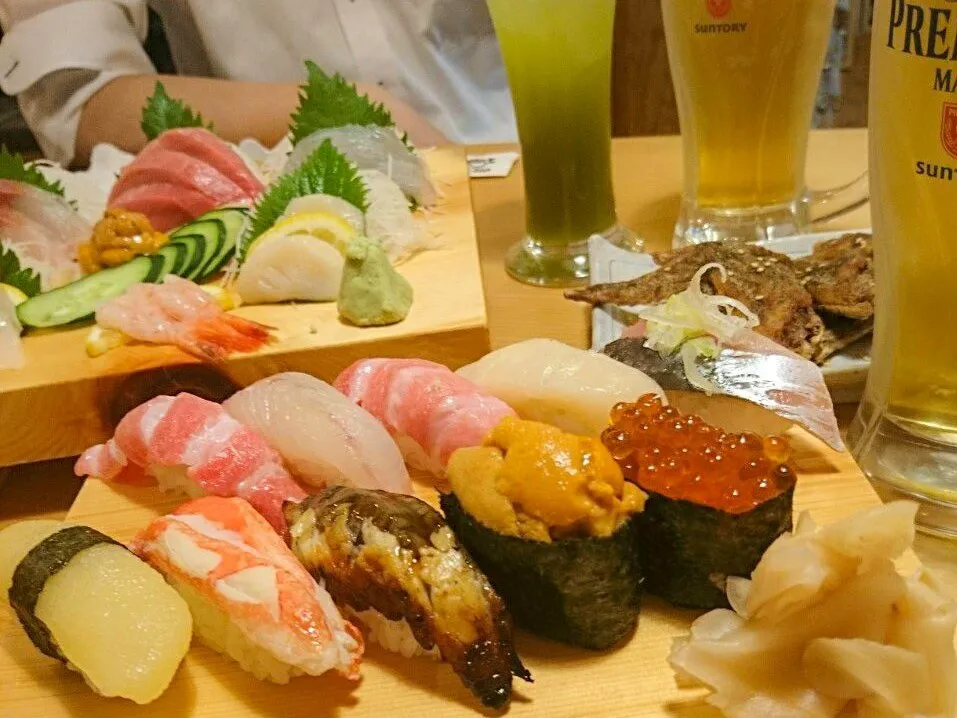
Sushi bar Yadai-zushi Tsu-Shinmachi
Sushi restaurant in Mie [SUSHILIVE comment] -


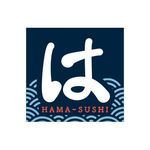
Hamazushi Tsu Otobe
Sushi restaurant in Mie [SUSHILIVE comment] -


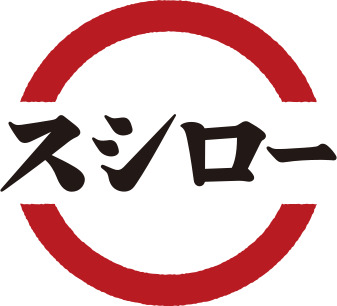
Sushiro Tsu Okura Store
Sushi restaurant in Mie [SUSHILIVE comment] -



Akadama Sushi
Sushi restaurant in Mie [SUSHILIVE comment] -


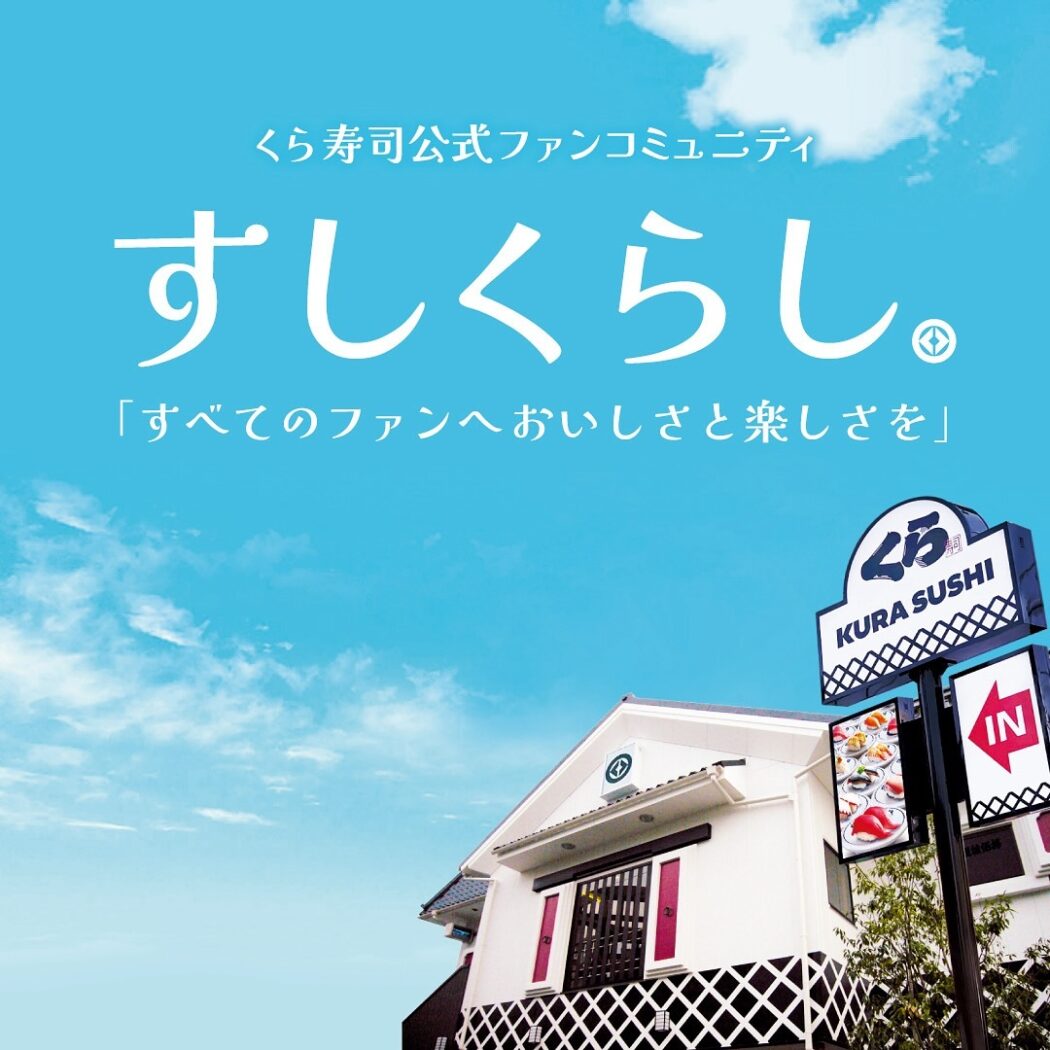
Muzoe Kurazushi Matsusaka
Sushi restaurant in Mie [SUSHILIVE comment] -



Sushiro Tsu-Shiratsuka
Sushi restaurant in Mie [SUSHILIVE comment] -


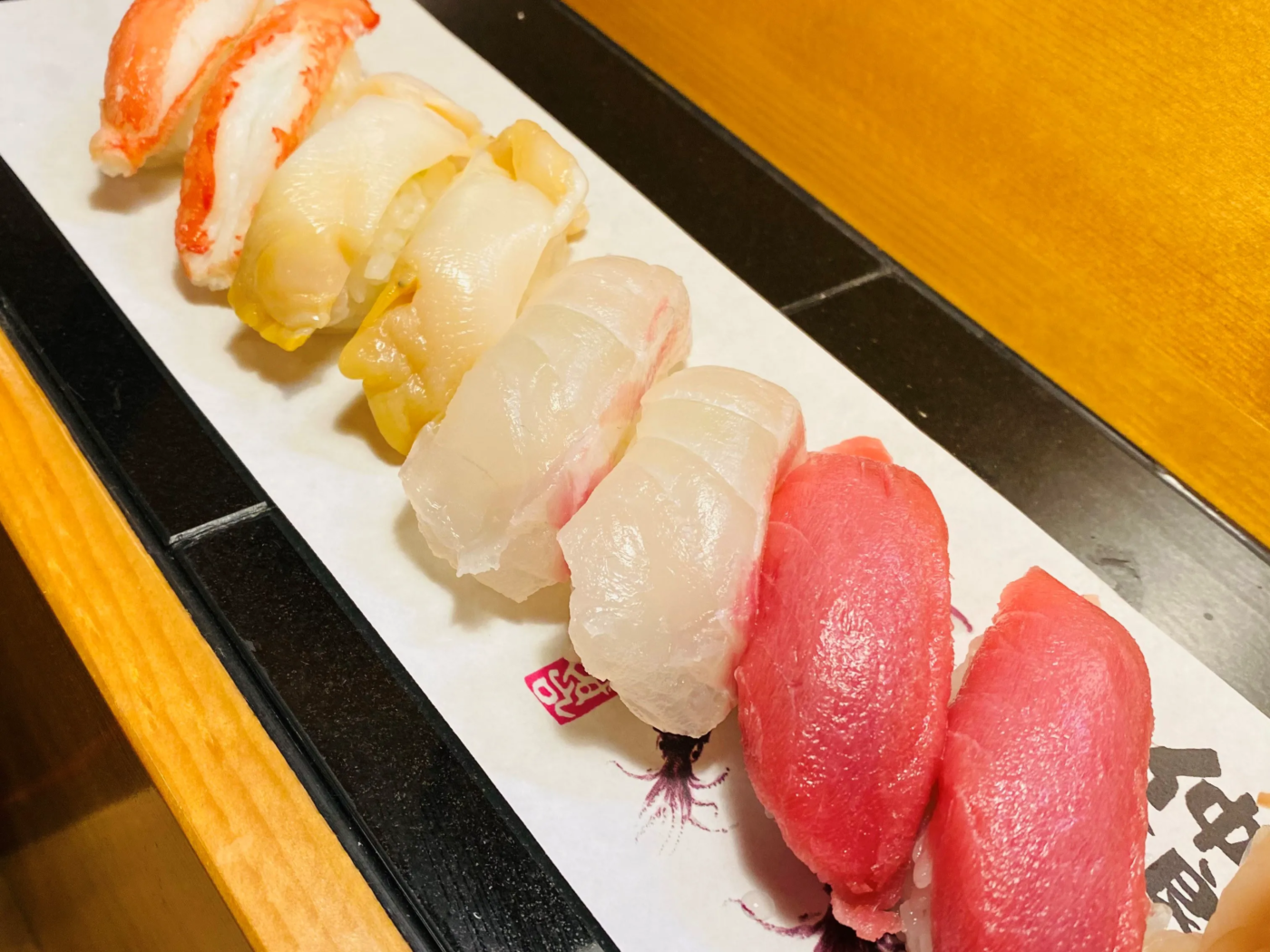
Sushi bar Yadai-zushi Tsu Ekimae-cho
Sushi restaurant in Mie [SUSHILIVE comment] -


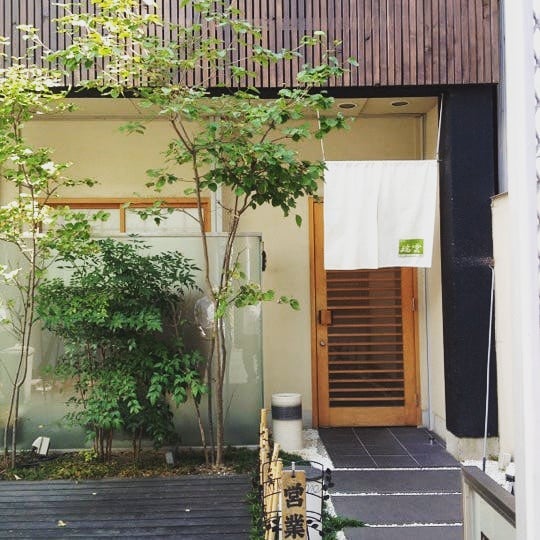
瑞雲
Sushi restaurant in Mie [SUSHILIVE comment] -



99
Sushi restaurant in Mie [SUSHILIVE comment] -



Sushiro Matsusaka
Sushi restaurant in Mie [SUSHILIVE comment] -



Kaiten Sushimanman, Kawachi Branch
Sushi restaurant in Mie [SUSHILIVE comment] -



Uobei Matsusaka
Sushi restaurant in Mie [SUSHILIVE comment] -


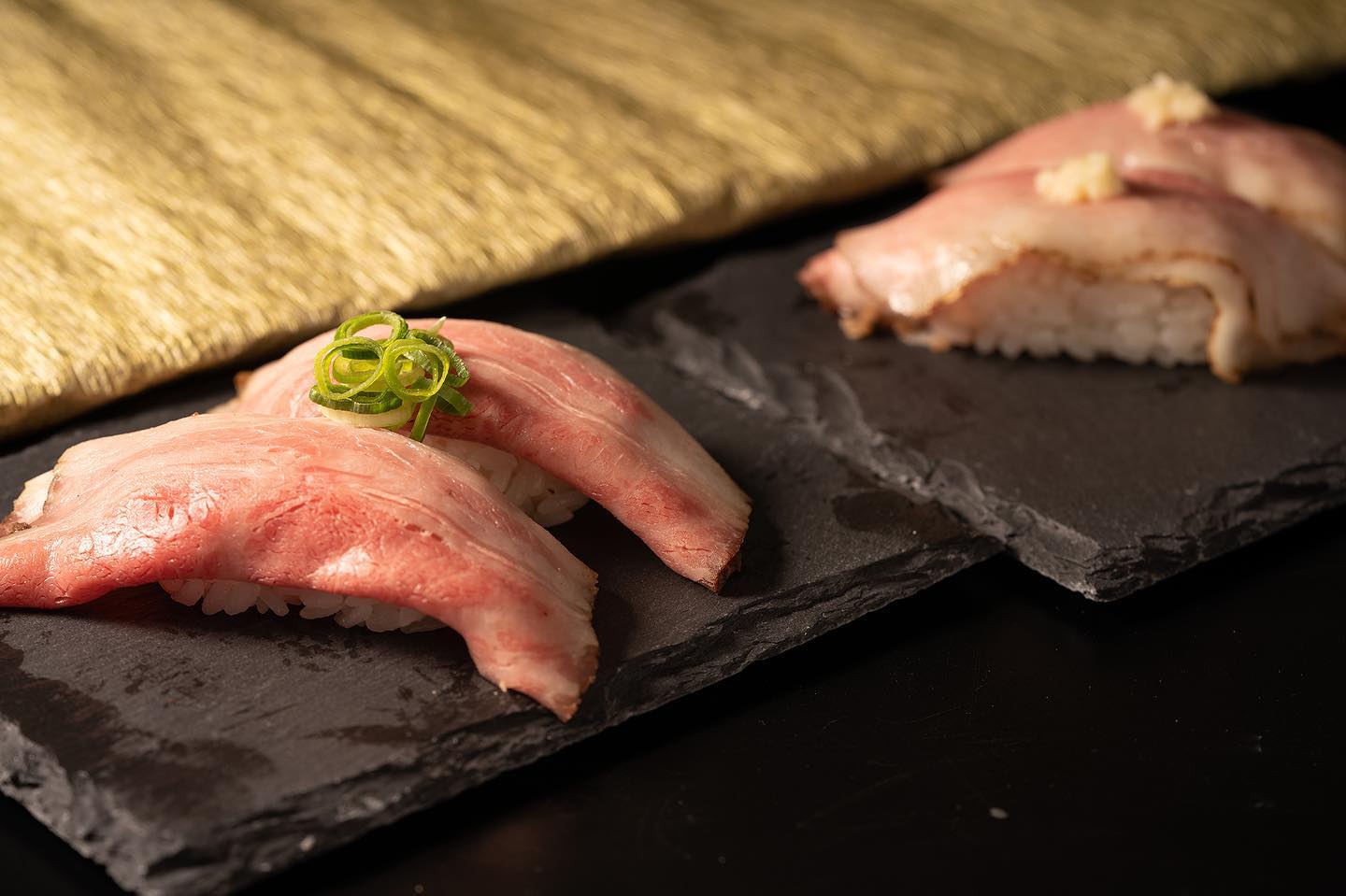
Kappa Sushi Tsu Fujikata
Sushi restaurant in Mie [SUSHILIVE comment] -



Omoriya Sushi Restaurant
Sushi restaurant in Mie [SUSHILIVE comment] -



Sushiden
Sushi restaurant in Mie [SUSHILIVE comment] -



Momiji, Shokusai Dining
Sushi restaurant in Mie [SUSHILIVE comment] -



Sushiman
Sushi restaurant in Mie [SUSHILIVE comment] -



Miyako Sushi
Sushi restaurant in Mie [SUSHILIVE comment] -



Kaiten Sushimanman Tsu Sakurabashi
Sushi restaurant in Mie [SUSHILIVE comment] -



Sushi Hamagen
Sushi restaurant in Mie [SUSHILIVE comment] -



sushi shop
Sushi restaurant in Mie [SUSHILIVE comment] -


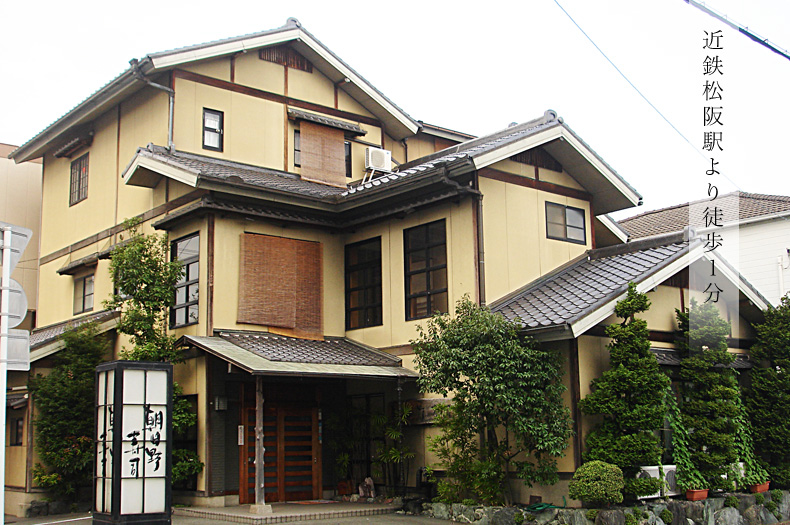
Asahino Sushi
Sushi restaurant in Mie [SUSHILIVE comment]
Recommended conveyor belt sushi restaurants in Mie, Japan
-


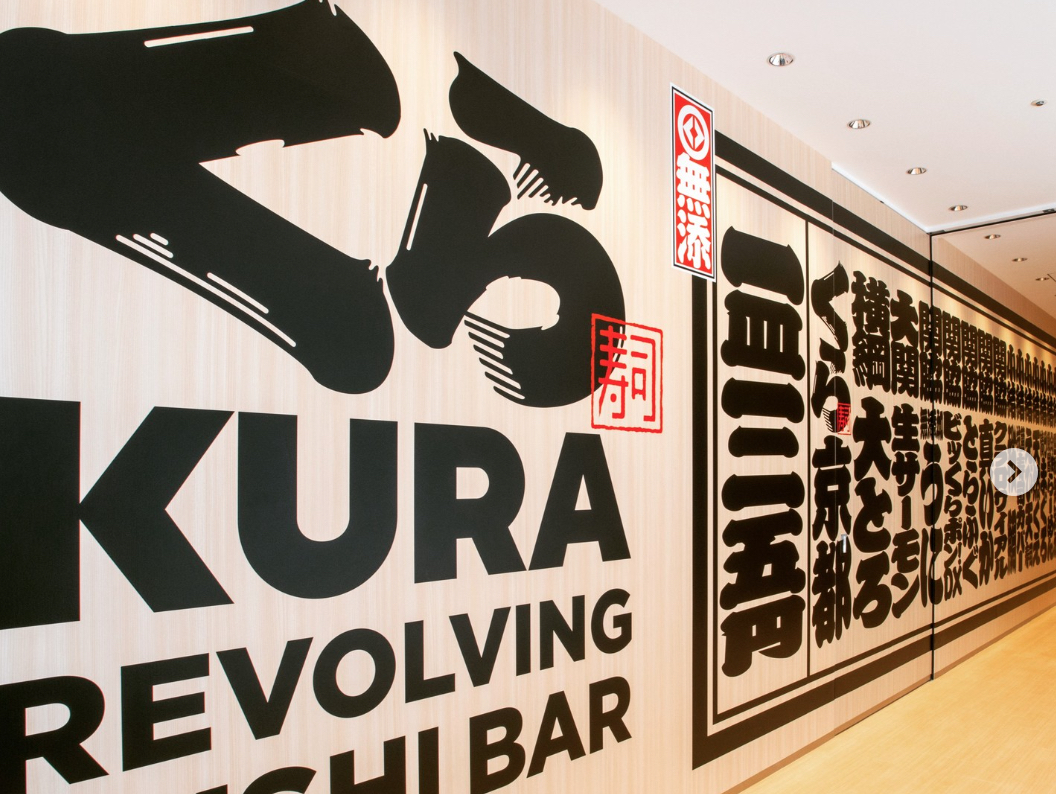
Kura Sushi Ise Shrine
Sushi restaurant in Mie [SUSHILIVE comment] -


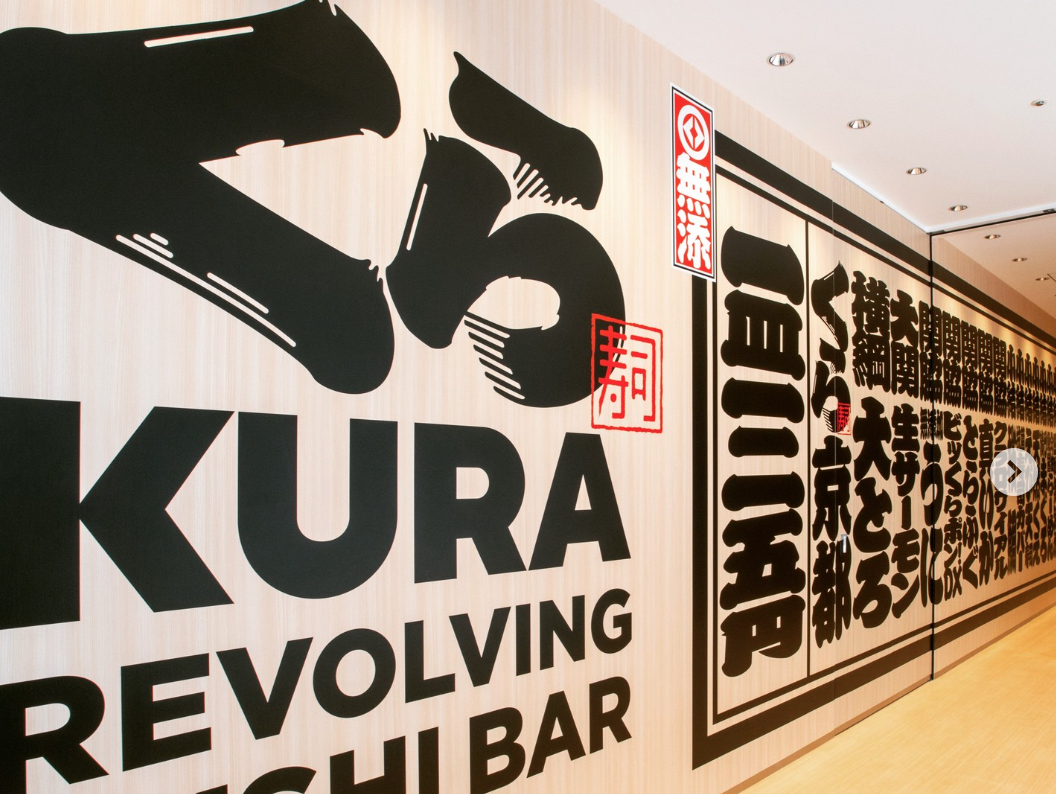
Kura Sushi Sang's Famous Shop
Sushi restaurant in Mie [SUSHILIVE comment] -


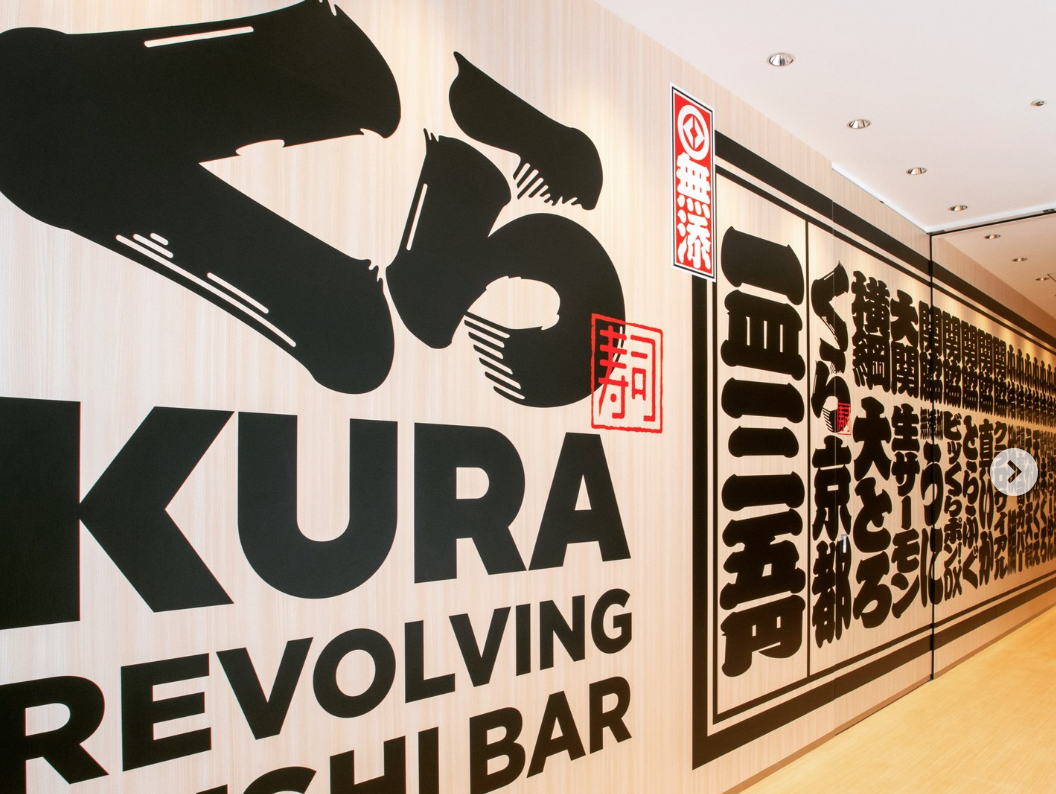
Kura Sushi Nitori Yokkaichi
Sushi restaurant in Mie [SUSHILIVE comment] -


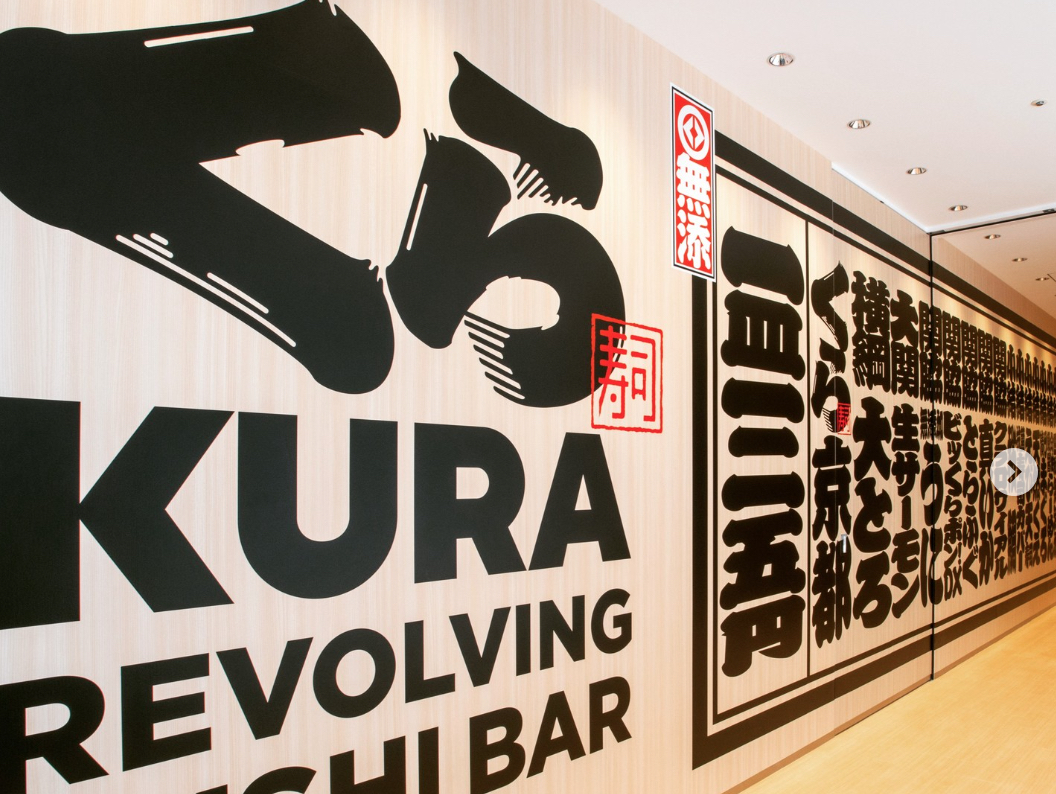
Kura Sushi Matsusaka Store
Sushi restaurant in Mie [SUSHILIVE comment] -


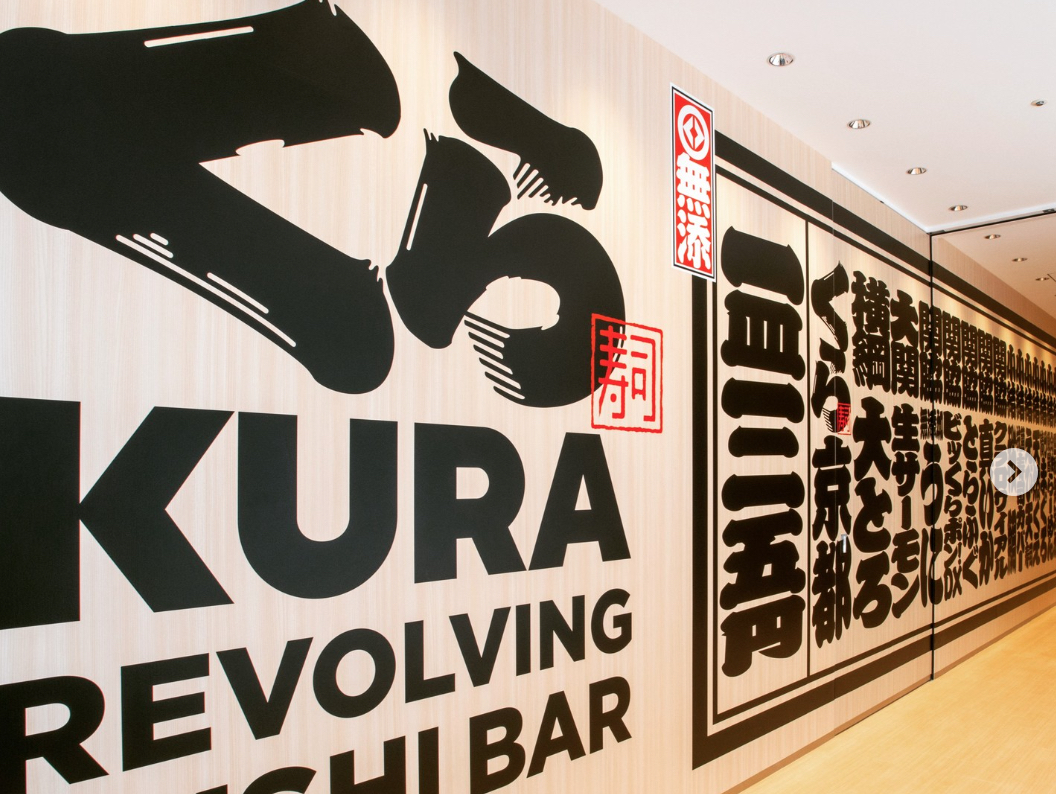
Kura Sushi Tsun store, a district in Tianjin
Sushi restaurant in Mie [SUSHILIVE comment] -


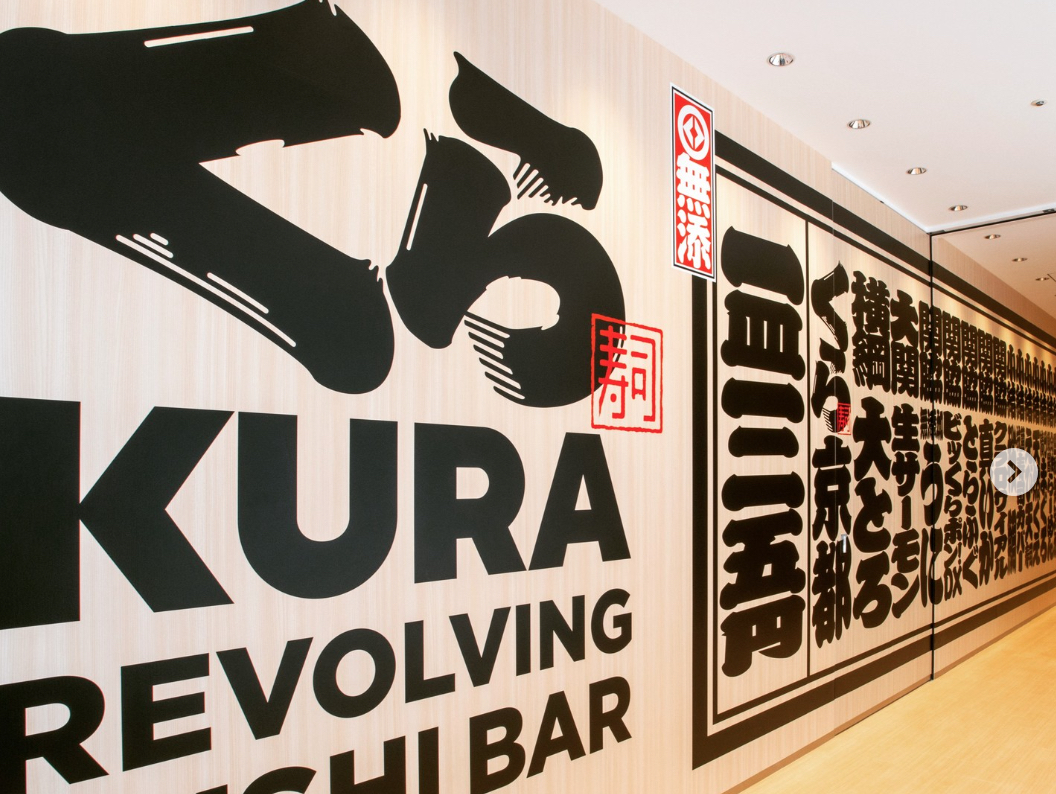
Kura Sushi Suzuka Store
Sushi restaurant in Mie [SUSHILIVE comment] -


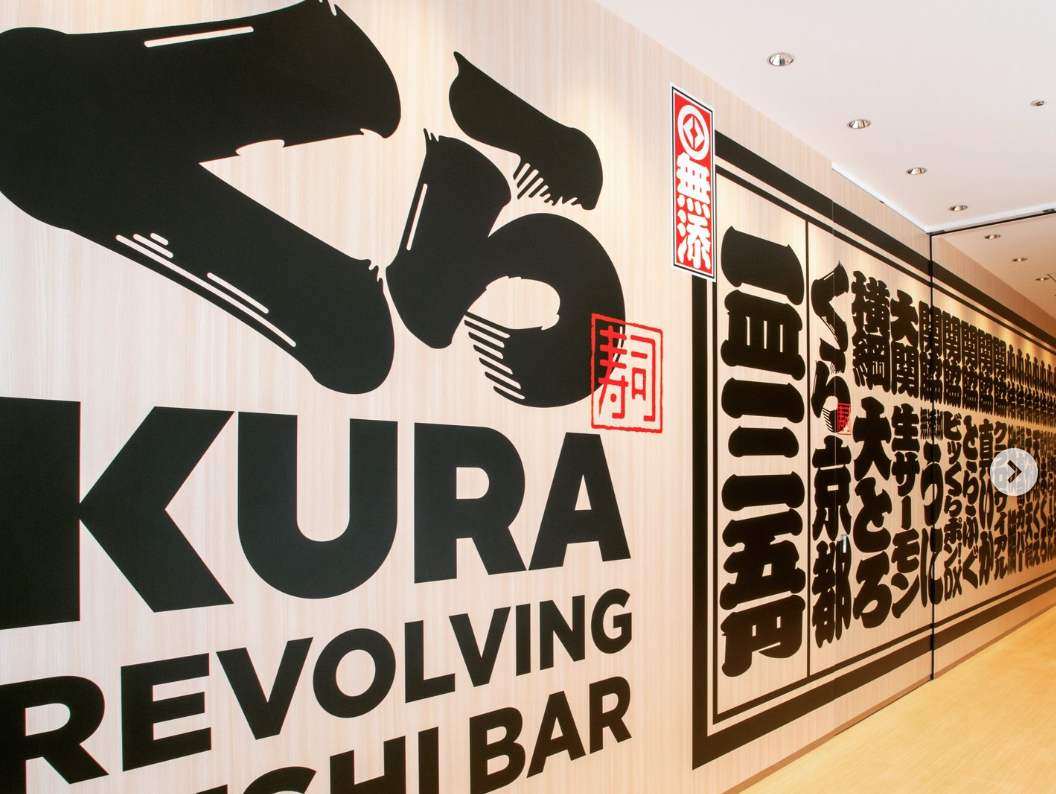
Kura Sushi Named Cheung's
Sushi restaurant in Mie [SUSHILIVE comment] -


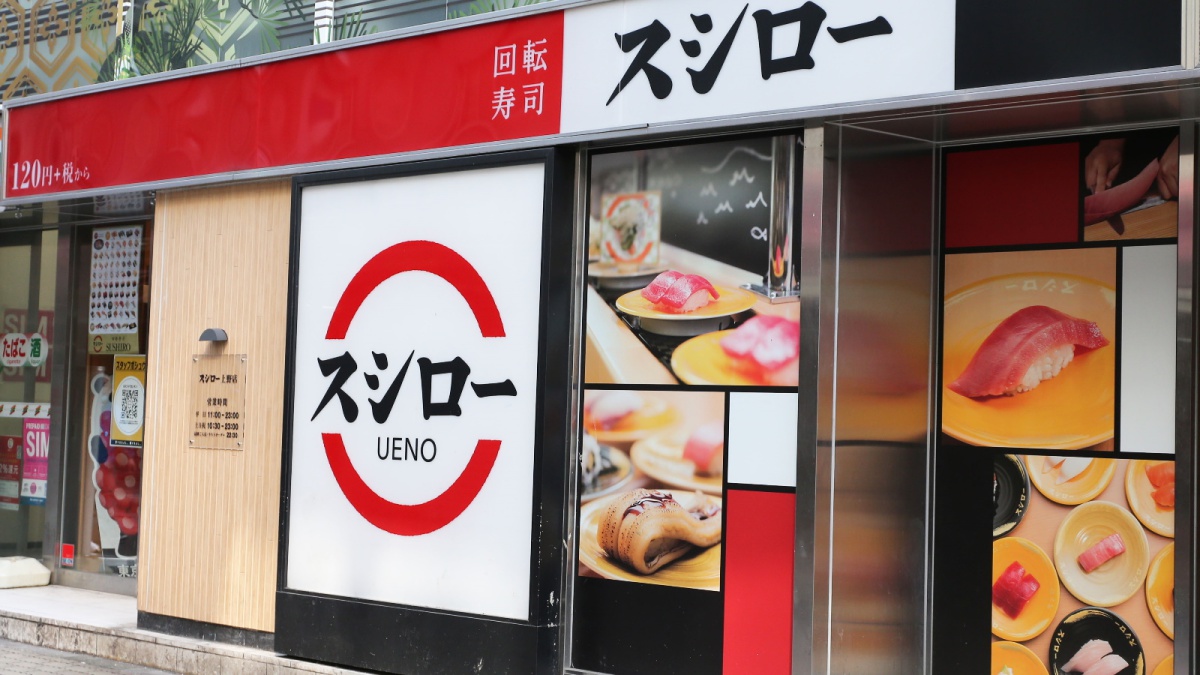
Sushiro Matsusaka
Sushi restaurant in Mie [SUSHILIVE comment] -


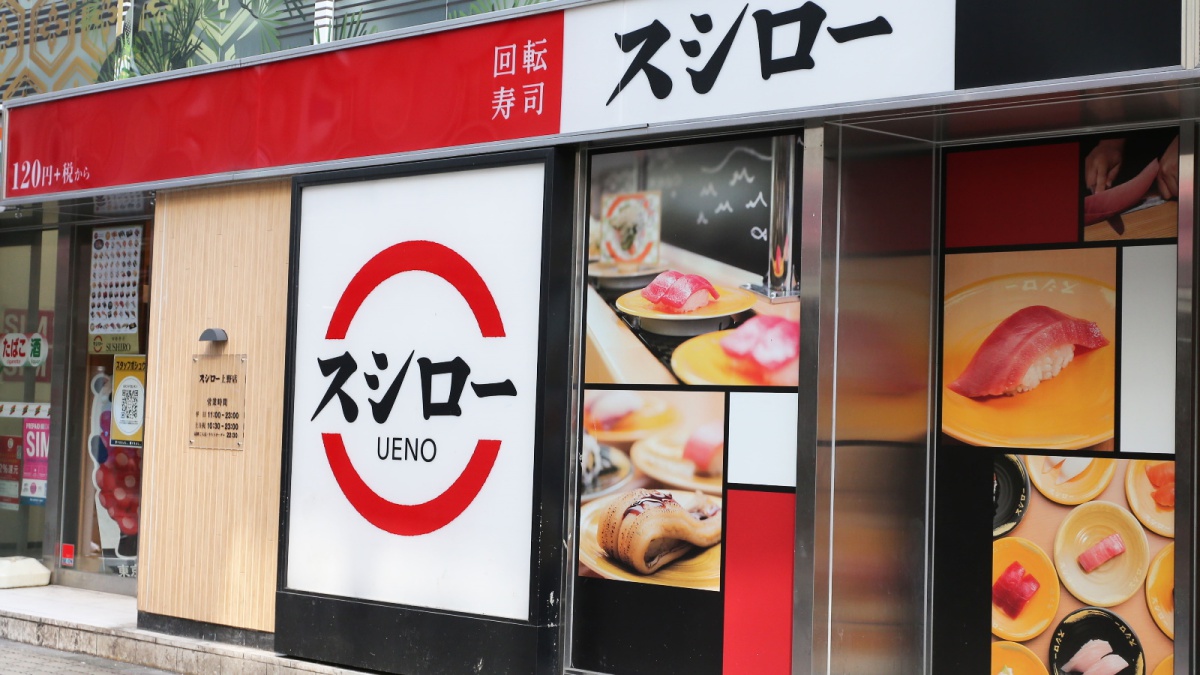
Sushiro Tsudakura
Sushi restaurant in Mie [SUSHILIVE comment] -


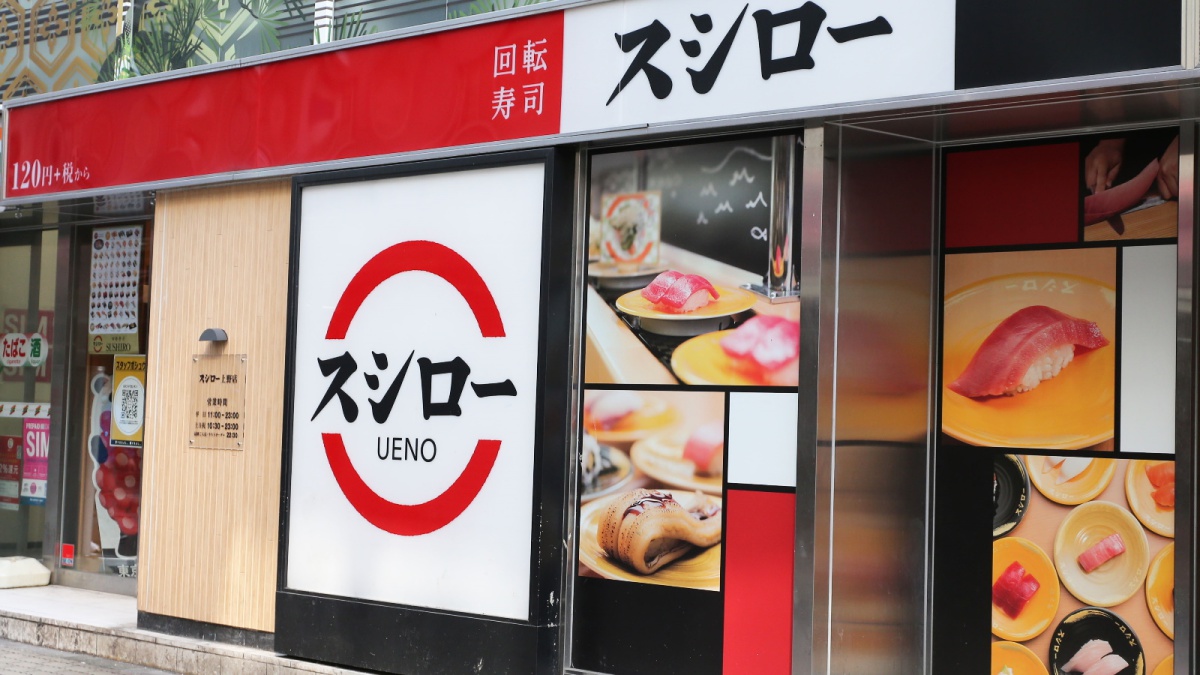
Sushiro Ise Ozono
Sushi restaurant in Mie [SUSHILIVE comment] -


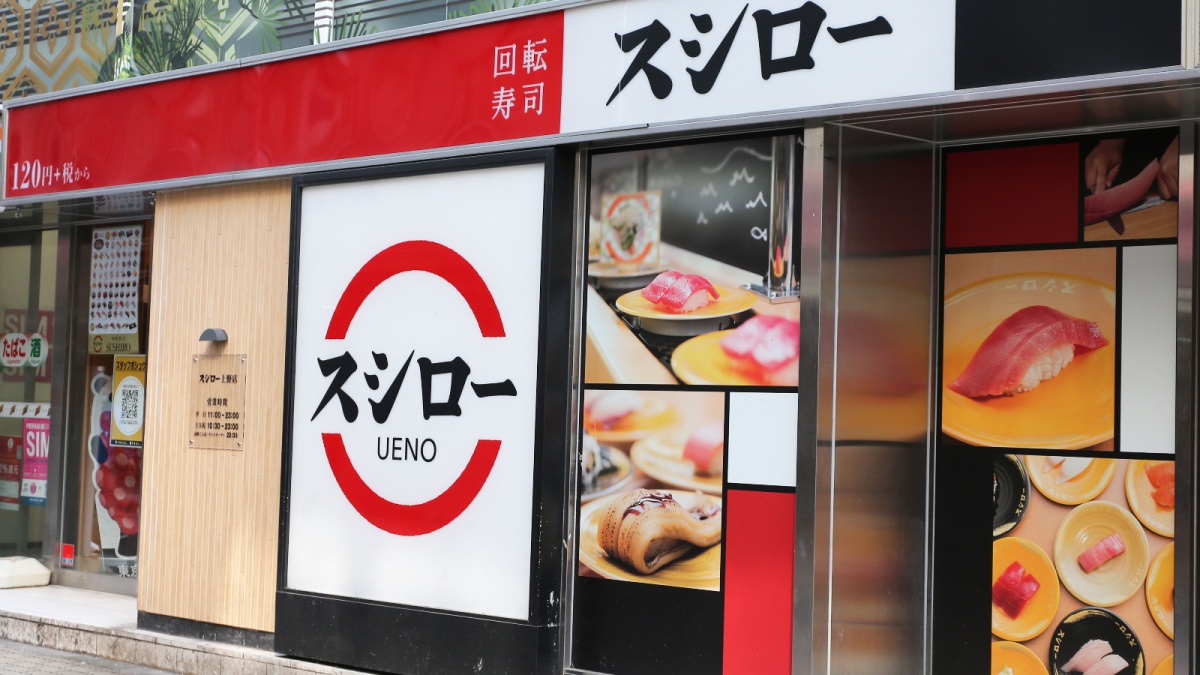
Sushiro Tsushiratsuka
Sushi restaurant in Mie [SUSHILIVE comment] -


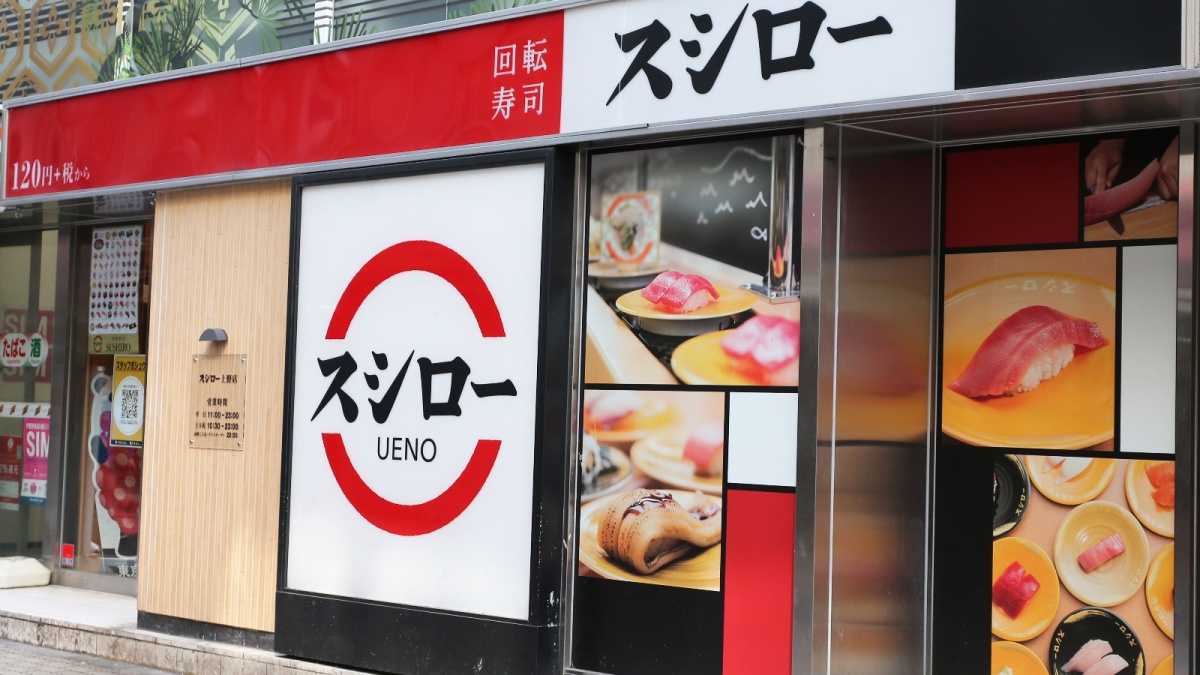
Sushiro mulberry name
Sushi restaurant in Mie [SUSHILIVE comment] -


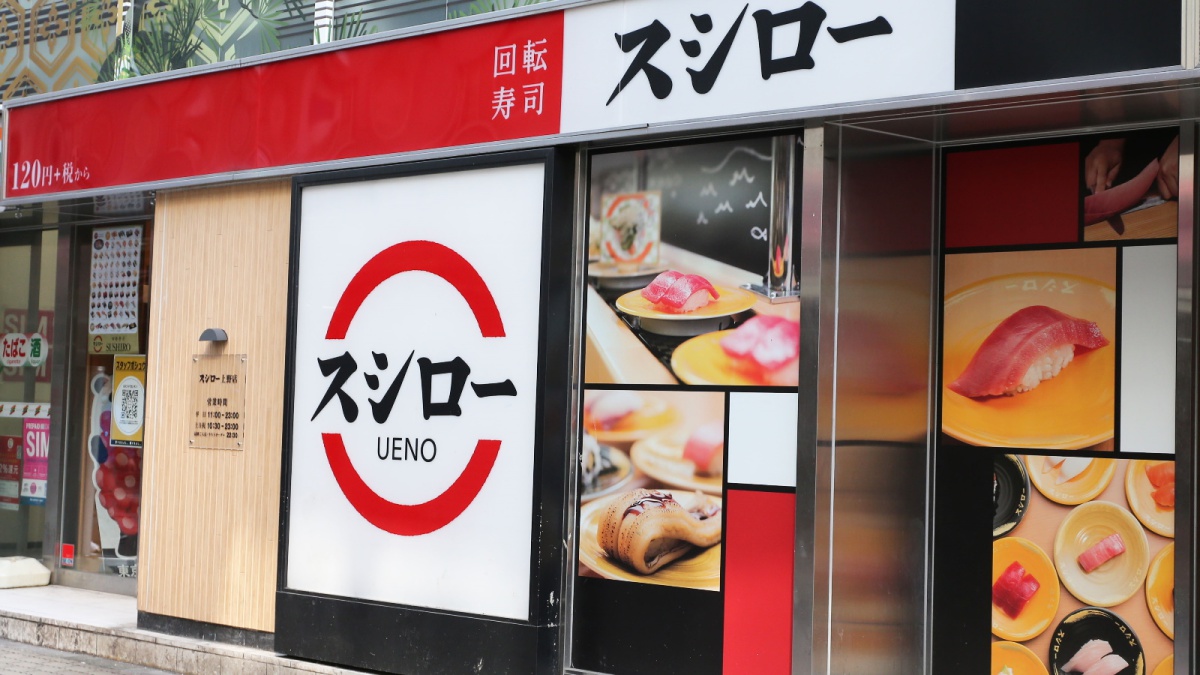
Sushiro Suzukaishi
Sushi restaurant in Mie [SUSHILIVE comment] -


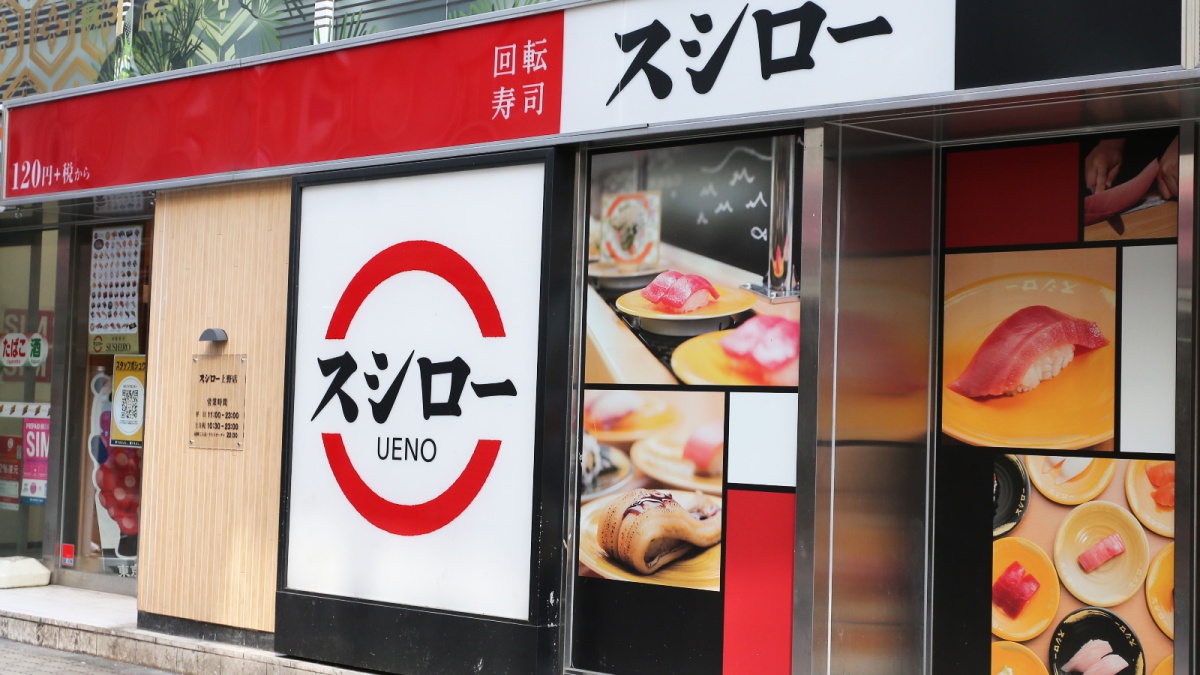
Sushiro Mie Kawagoe
Sushi restaurant in Mie [SUSHILIVE comment] -


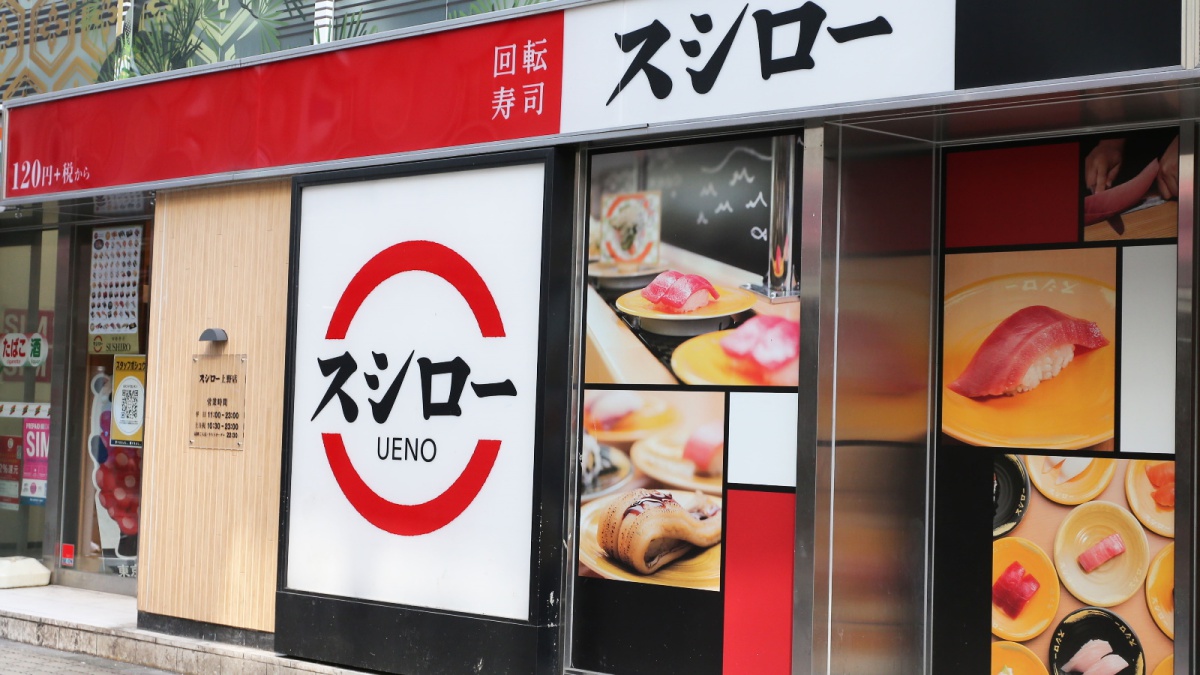
Sushiro Yokkaichi Interchange
Sushi restaurant in Mie [SUSHILIVE comment] -


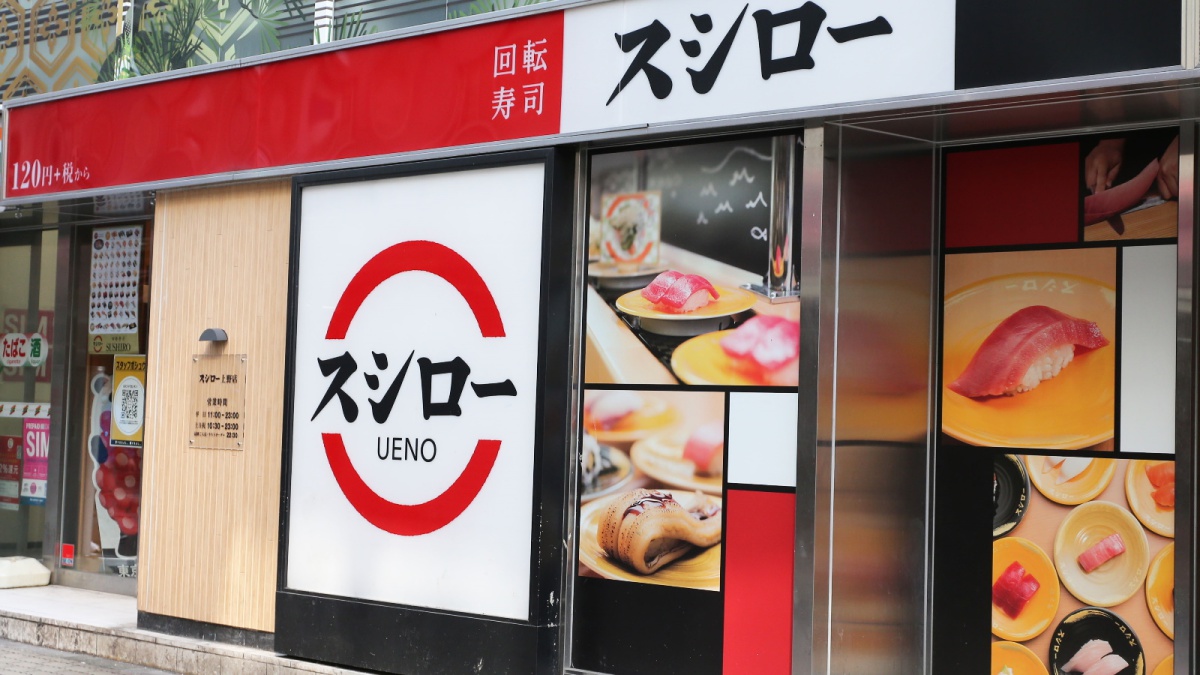
Sushiro Named Cheung's
Sushi restaurant in Mie [SUSHILIVE comment] -


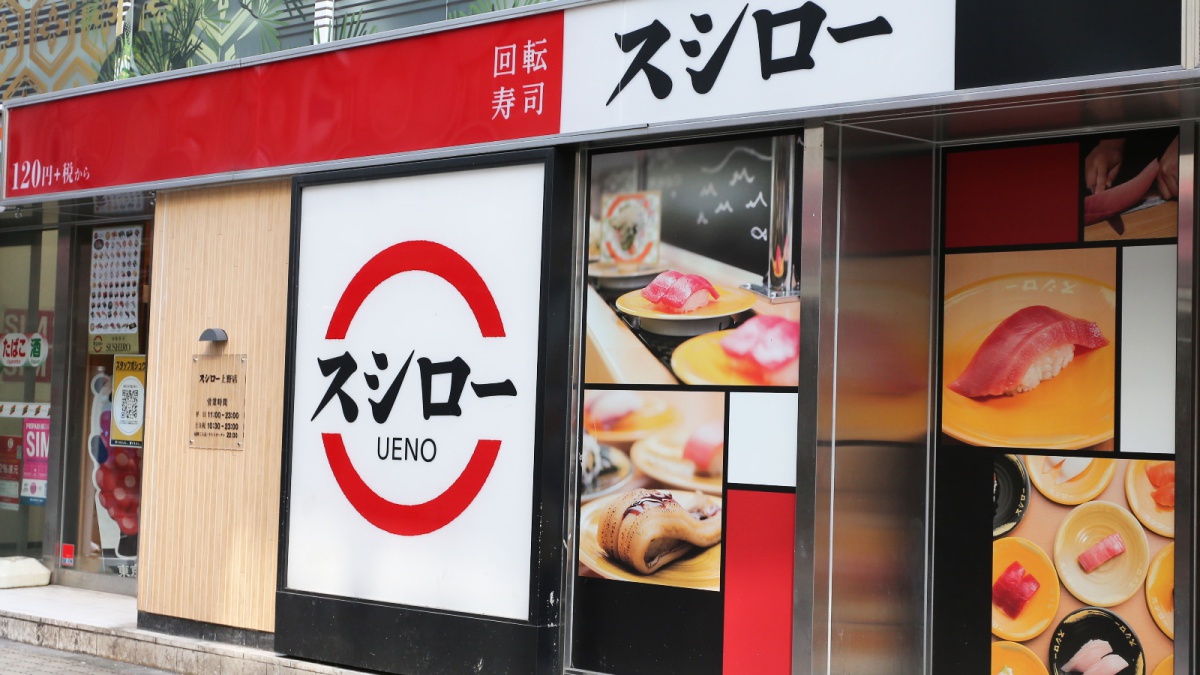
Sushiro Hinaga Kayo
Sushi restaurant in Mie [SUSHILIVE comment] -


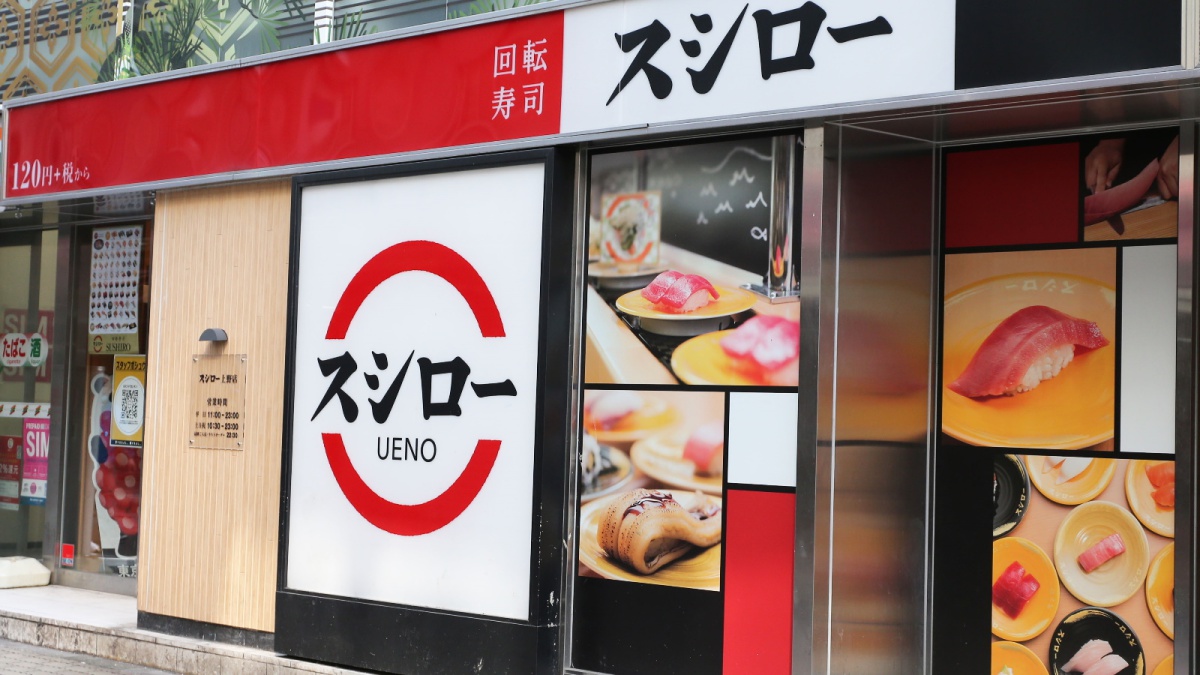
Sushiro Suzukka
Sushi restaurant in Mie [SUSHILIVE comment] -


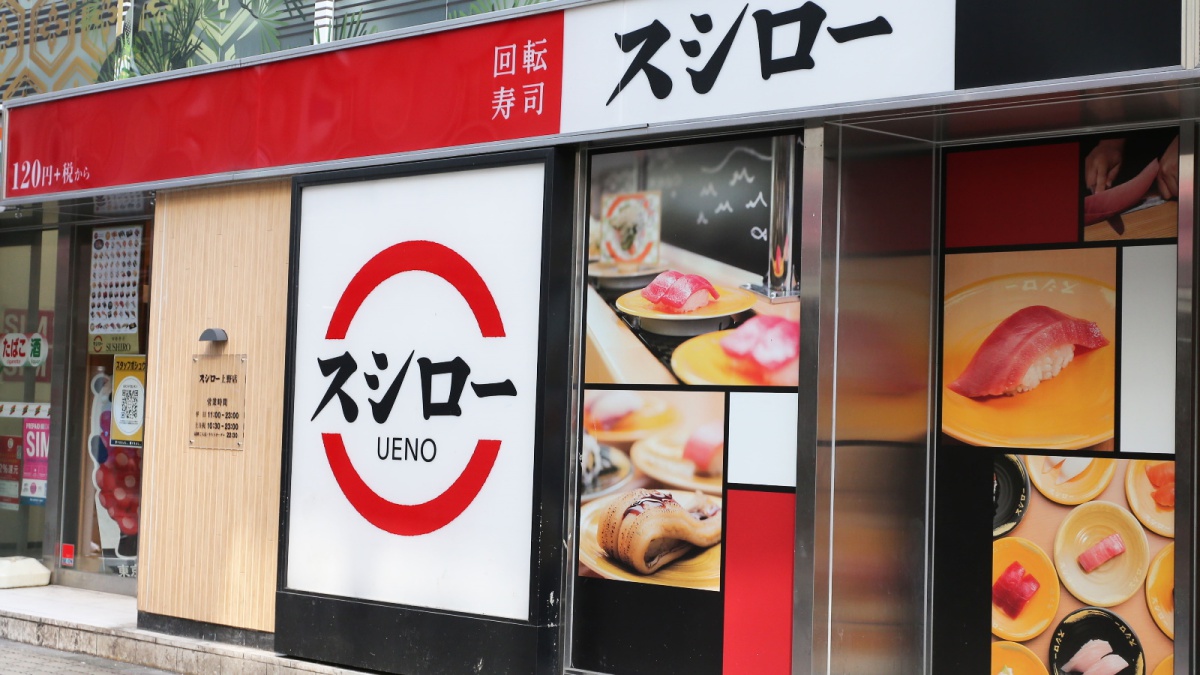
Sushiro Iga Ueno (stage name of a kabuki play)
Sushi restaurant in Mie [SUSHILIVE comment] -


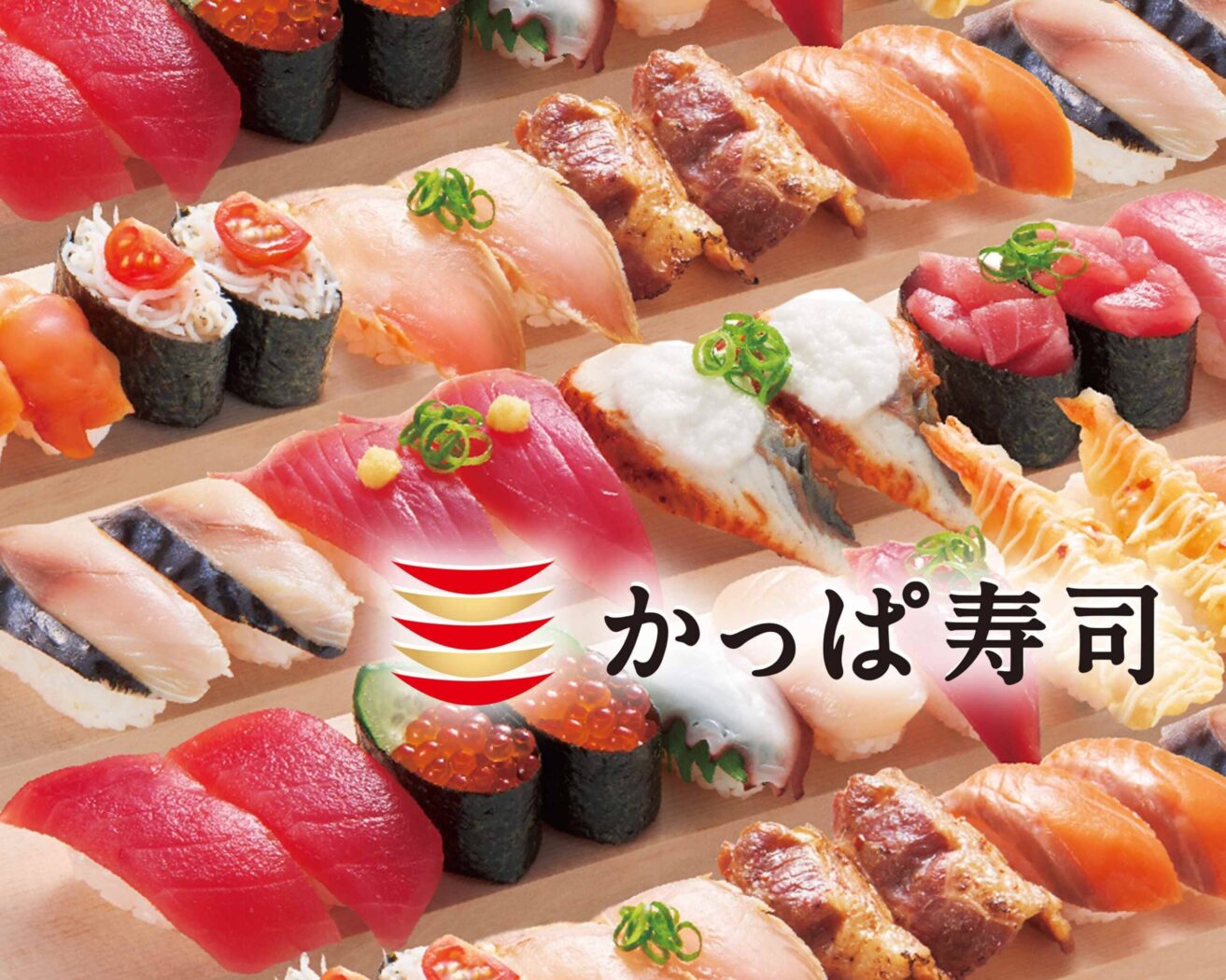
Kappa sushi Sang's Famous Shop
Sushi restaurant in Mie [SUSHILIVE comment] -


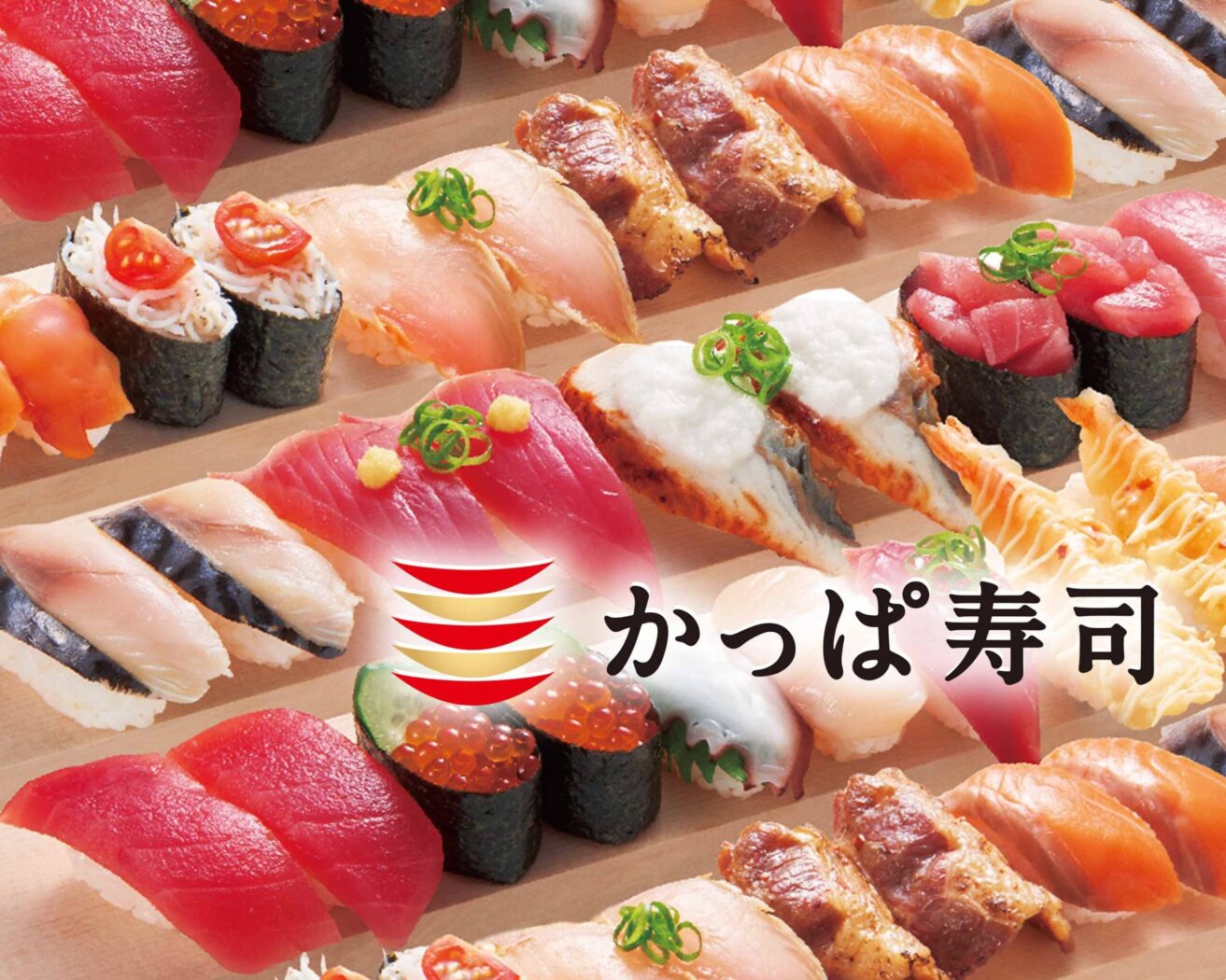
Kappa sushi Nitori Matsusaka Mikumo
Sushi restaurant in Mie [SUSHILIVE comment] -


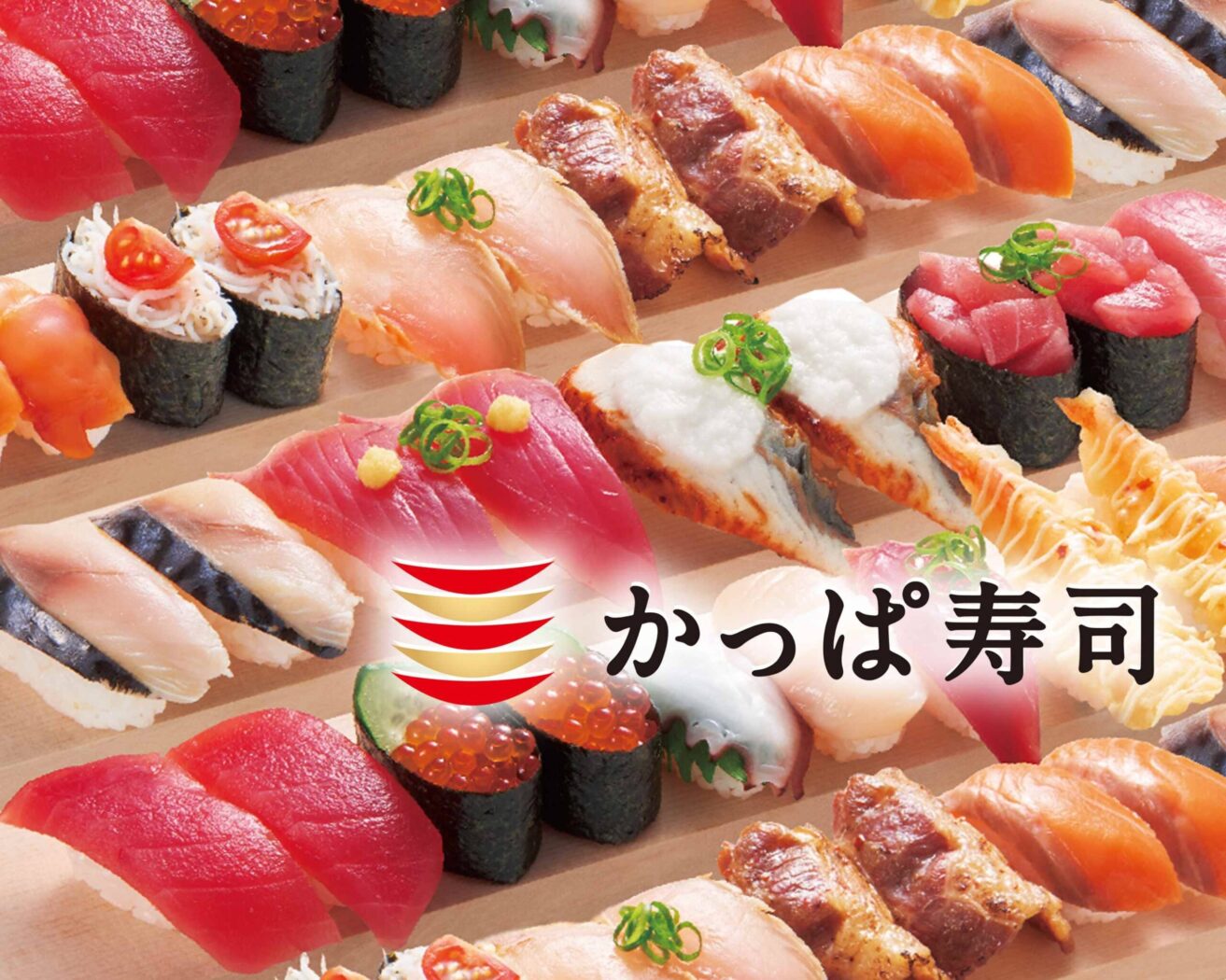
Kappa sushi Nitori Issei Ogami
Sushi restaurant in Mie [SUSHILIVE comment] -


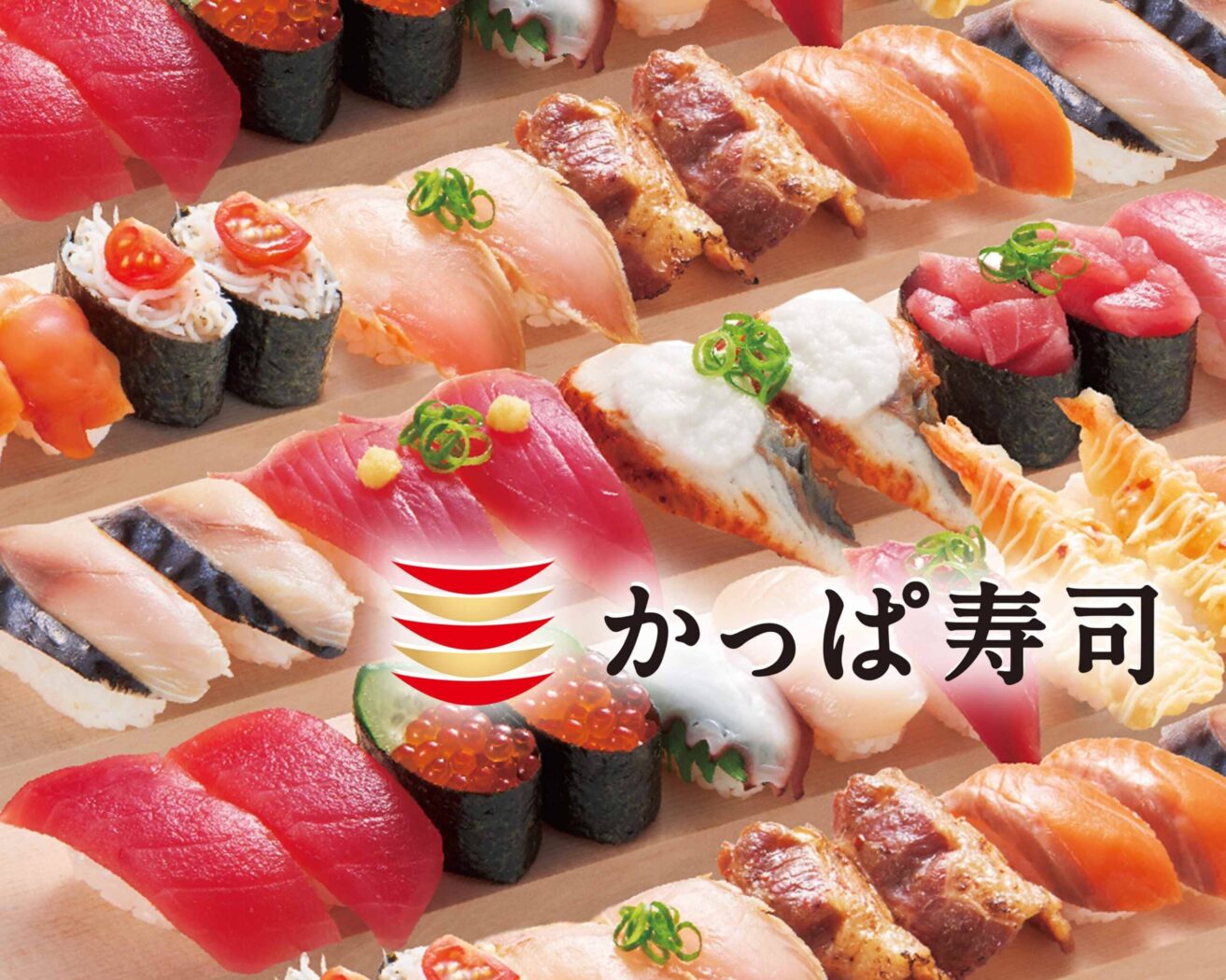
Kappa sushi Bird and Feather Shop
Sushi restaurant in Mie [SUSHILIVE comment] -


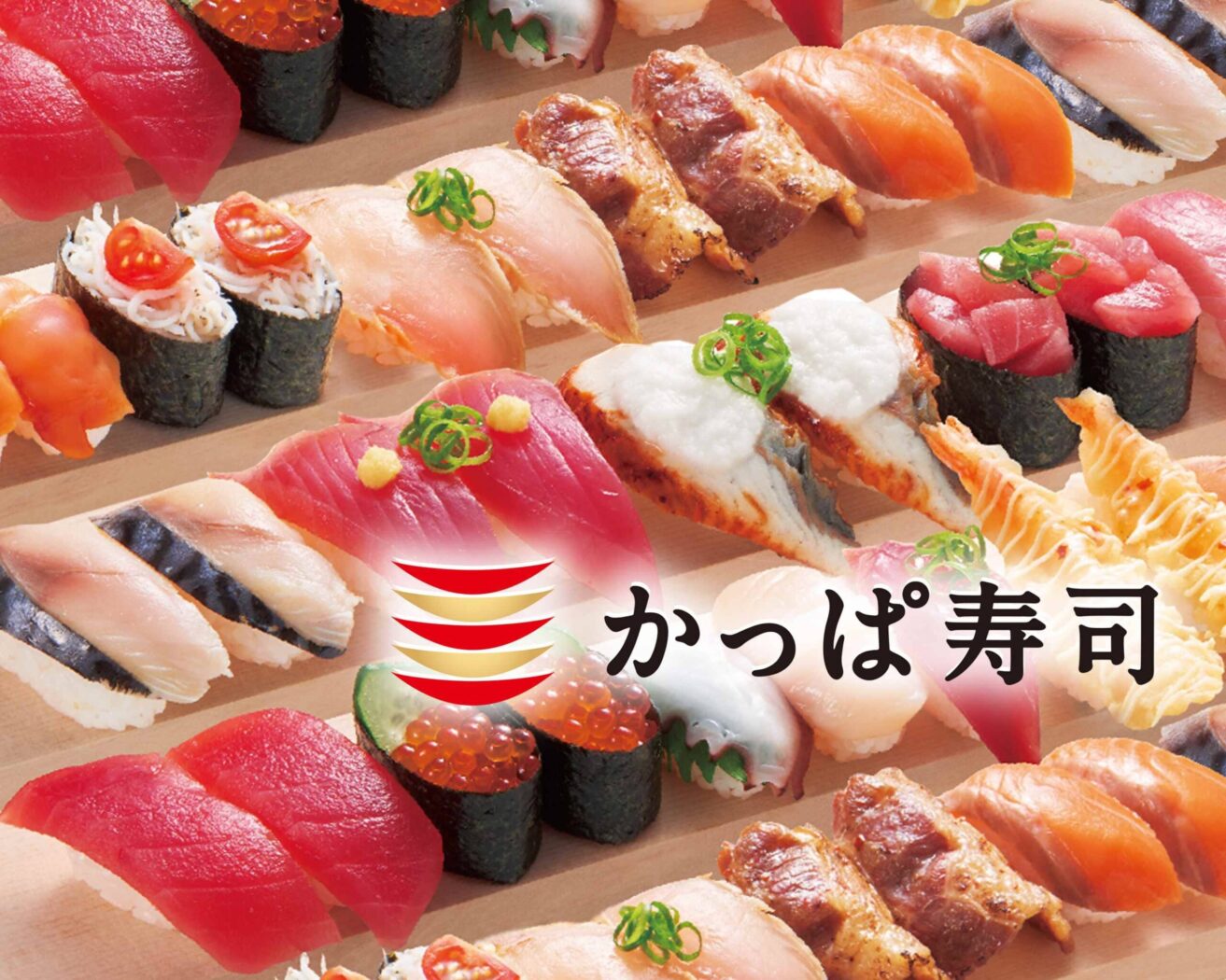
Kappa sushi Kuju Store
Sushi restaurant in Mie [SUSHILIVE comment] -


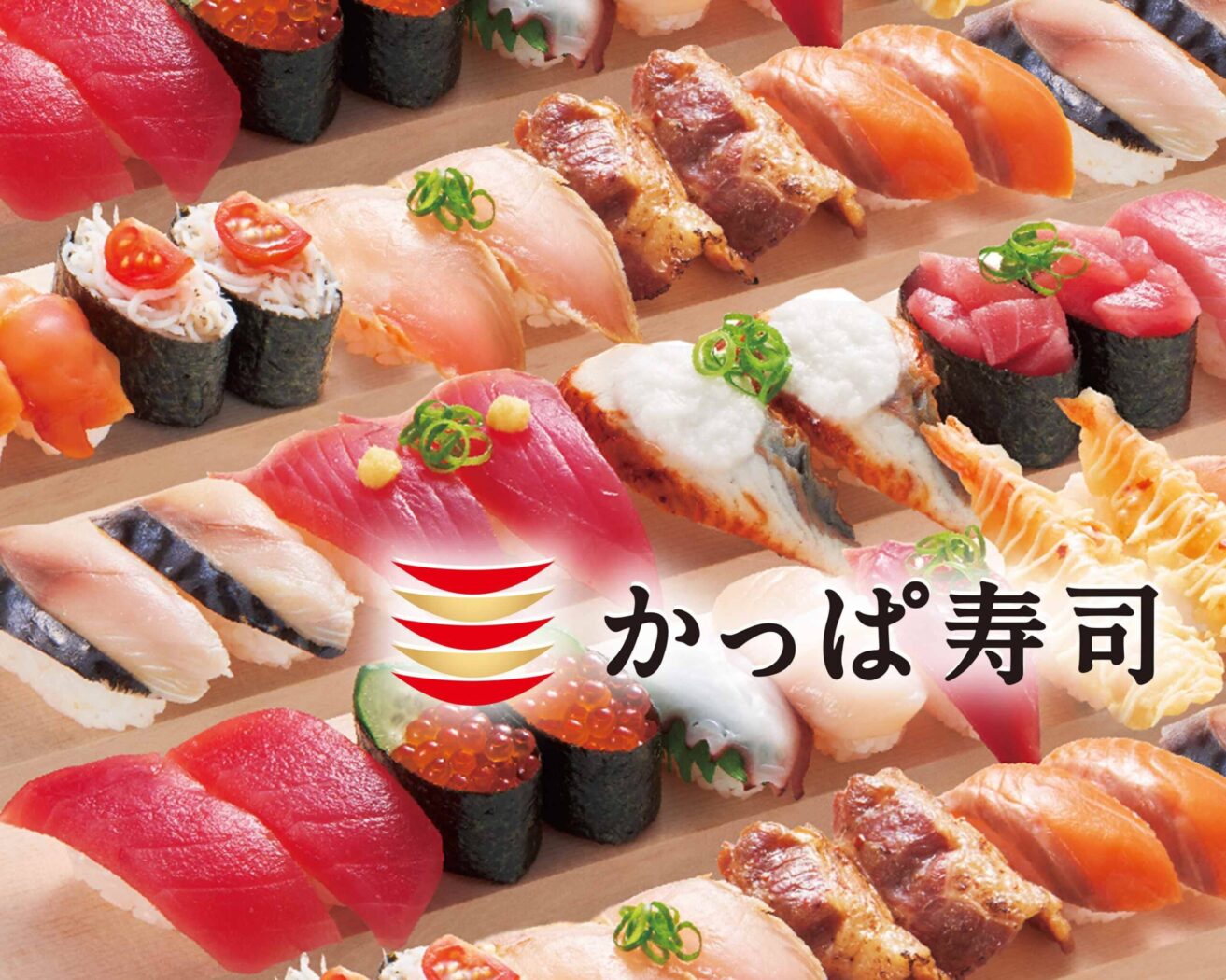
Kappa sushi Nitori Tsudokata
Sushi restaurant in Mie [SUSHILIVE comment]
Characteristics of Mie’s Cuisine
Harmony of Diverse Natural Environments, History, Culture, and Industry: Mie
Mie Prefecture is a charming region woven with rich nature, history, culture, and vibrant industry.
The northern Ise-Shima region features ria coastlines and beautiful seas, with numerous historical structures such as Ise Grand Shrine. On the other hand, the central Iga Basin, known as the birthplace of ninjas since ancient times, has recently gained attention for its traditional crafts and local sake. Additionally, the southern Kii Peninsula is a naturally rich area surrounded by mountains, with attractions like the Kumano Kodo and Yoshino-Kumano National Park, a UNESCO World Heritage site.
The industries in Mie Prefecture mainly focus on manufacturing, tourism, and agriculture. In manufacturing, the automobile-related industry and electronics industry thrive, with many global companies expanding their presence. In tourism, alongside attractions like Ise Grand Shrine and Shima Spain Village, Mie has gained recognition as the host site of the Ise-Shima Summit in recent years. Agriculture produces nationally famous brands such as Ise tea and Matsusaka beef.
In this way, Mie Prefecture is a captivating region where diverse natural environments, history, culture, and vibrant industries harmonize.
A Continuation from Ancient to Modern Times
The history of Mie Prefecture is ancient, with many Jomon period ruins discovered. Important shrines like Ise Grand Shrine were established in ancient times, flourishing as centers of Japan’s spiritual culture.
During the medieval period, the era of samurai emerged, with renowned warriors like the Kitabatake clan and Oda clan making significant contributions. Particularly, Oda Nobunaga, based in Mie Prefecture, achieved national unification.
During the Edo period, pilgrimages to Ise Grand Shrine became popular, and large-scale pilgrimages called Okage-mairi were conducted across various regions. Moreover, many domains such as the Tsu domain and Kuwana domain were established, each contributing to the development of its own culture.
After the Meiji Restoration, modernization progressed, with railways and port facilities being developed. Industrialization also advanced, contributing significantly to Japan’s industrial development.
In modern times, Mie Prefecture is popular as a tourist destination, utilizing its rich nature, history, and culture. Additionally, various industries such as manufacturing, tourism, and agriculture thrive, contributing to the development of a vibrant region.
In this way, Mie Prefecture is a captivating region with a history and culture that can be felt from ancient to modern times.
Flavors Woven by the Blessings of the Sea and Mountains, History, and Culture
Mie Prefecture’s food culture is characterized by diverse flavors nurtured by the abundant blessings of the sea and mountains, as well as its history and culture.
Fresh seafood caught in Ise Bay and Kumano Sea is indispensable to Mie Prefecture’s dining table. Especially, Ise lobster and Matsusaka beef are known as nationally famous brand products. Additionally, seaweed and horned turban shells harvested by female divers and other seafood support the region’s food culture.
In mountainous areas, game meat such as wild boar and deer, as well as mushrooms and mountain vegetables, are abundant. High-quality agricultural products such as Iga rice and Ise tea are also produced.
Derived from the culture of pilgrimage to Ise Grand Shrine, “Okage Yokocho” offers traditional food culture such as Ise udon and Akafuku mochi. Moreover, in the Iga region, the birthplace of ninjas, you can enjoy local cuisine known as “Ninja Meshi.”
In this way, Mie Prefecture’s food culture is characterized by diverse flavors woven by the blessings of the sea and mountains, history, and culture. When visiting, please be sure to enjoy the rich food culture of Mie Prefecture.
Diverse Flavors Nurtured by the Blessings of the Sea and Mountains
Mie Prefecture, surrounded by two seas, Ise Bay and Kumano Sea, and rich natural environments in mountainous areas, has developed various types of sushi cultures.
When it comes to representing sushi in Mie Prefecture, it is “Tekone Sushi,” where fish such as bonito and tuna are marinated in soy sauce and other seasonings. It was named because fishermen filleted fish caught at sea and mixed them on the spot. The fish mixture is rolled with rice and seaweed and eaten.
In mountainous areas, “Oshizushi,” made by pressing rice and seafood into wooden molds, is popular. Various types of fish such as mackerel, salmon, and sweetfish are used depending on the region.
In Mie Prefecture, “Nare Sushi,” where fish is salted, marinated with rice, and fermented, has been passed down. This method was used in ancient times to preserve fish.
Mie Prefecture’s sushi culture features diverse flavors derived from the blessings of the sea and mountains. Each region has its own unique flavors and history.
When visiting Mie Prefecture, be sure to savor the sushi culture unique to the area.
Treasures Born from the Blessings of the Sea and Mountains, Tradition, and Technology
Mie Prefecture is a region where rich natural environments surrounded by the sea and mountains and technology nurtured by history and tradition come together. From this environment, Mie Prefecture boasts many specialty products that utilize the blessings of the sea and mountains.
Mie lobster, Matsusaka beef, abalone, Ise udon, and more are abundant specialty products that utilize the blessings of the sea and mountains. Especially, Mie lobster is known as Japan’s top brand.
Traditional crafts such as “Ise Katagami,” used in the treasures of Ise Grand Shrine, “Iga-yaki” continuing from the Edo period, and beautiful “Tsugaru lacquerware” utilizing wood grains are also plentiful.
Matsusaka beef, Ise tea, pearls, Toba oranges, and Kumano brushes are just a few examples of the diverse specialty products of Mie Prefecture.
These specialty products reflect the rich nature, history, and culture of Mie Prefecture. When visiting Mie Prefecture, be sure to pick up these specialty products and experience their charm.

